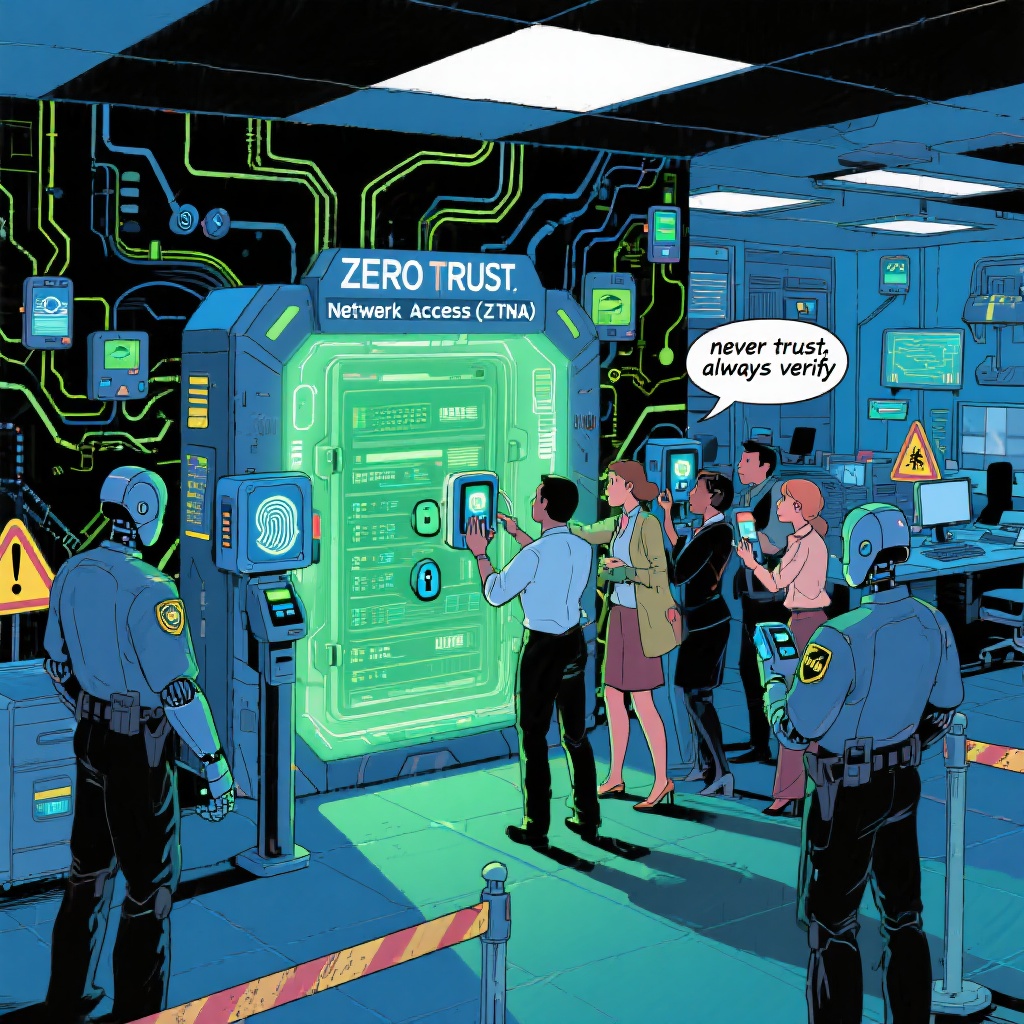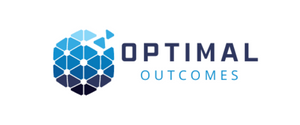Tel: 650-980-4870
Blog

Zero Trust & Compliance
Zero Trust Network Access (ZTNA) and Compliance in Companies
Zero Trust Network Access (ZTNA) is a cybersecurity framework that operates on the principle of "never trust, always verify," ensuring that no user or device is inherently trusted, whether inside or outside the network. This approach significantly aids companies in addressing compliance issues by enforcing strict access controls, continuous monitoring, and granular policies that align with regulatory requirements. Drawing from various sources like SentinelOne, Checkpoint, and CrowdStrike, ZTNA's role in compliance can be understood through several key mechanisms.
One of the primary ways ZTNA supports compliance is through robust user authentication and access controls. Regulations such as GDPR, HIPAA, and PCI DSS often mandate strict control over who can access sensitive data. ZTNA ensures that only authenticated and authorized users can access specific resources by employing multi-factor authentication (MFA) and least-privilege access principles. This means users are granted only the minimum access necessary for their roles, reducing the risk of unauthorized data exposure, a critical concern for compliance with data protection laws.
ZTNA also enhances compliance through device posture assessment and verification. Many regulations require organizations to ensure that devices accessing their networks meet specific security standards. ZTNA solutions check the security configuration of devices, such as ensuring they have updated software or antivirus protection, before granting access. As highlighted by sources like sase.checkpoint.com, this capability helps prevent compromised or non-compliant devices from becoming entry points for breaches, thereby supporting adherence to standards that demand secure endpoint management.
Continuous monitoring and network visibility are additional strengths of ZTNA that aid compliance efforts. Regulatory frameworks often require detailed logging and real-time monitoring of access to sensitive data. ZTNA provides comprehensive audit trails by continuously tracking user behavior and network traffic, as noted in resources from PwC and Zscaler. This allows organizations to detect anomalies or suspicious activities promptly, respond to potential threats, and generate reports demonstrating compliance during audits. For instance, if unusual access patterns are detected, ZTNA can restrict access or trigger alerts, aligning with requirements for proactive threat management.
Another critical aspect is ZTNA's ability to facilitate compliance in cloud and hybrid environments, which are increasingly common in modern businesses. Traditional perimeter-based security models struggle to secure multi-cloud setups, but ZTNA offers consistent protection across various platforms by enforcing identity-based access policies. This scalability and adaptability, as discussed in articles from Security Boulevard and Timus Networks, ensure that companies can meet compliance requirements even as they expand their digital infrastructure, avoiding violations related to unsecured cloud data.
ZTNA also mitigates risks associated with insider threats and third-party access, both of which are significant compliance concerns. By using micro-segmentation to limit lateral movement within the network, ZTNA ensures that even if credentials are compromised, attackers or rogue insiders cannot access unrelated systems or data. This containment strategy, emphasized in content from SentinelOne and CrowdStrike, aligns with regulatory mandates to minimize data breach impacts. Furthermore, for third-party vendors or contractors, ZTNA can restrict access to only necessary resources, reducing the attack surface and supporting compliance with standards that require stringent control over external access.
Lastly, the integration of AI and machine learning in ZTNA, as explored by Zscaler, enhances compliance by enabling predictive security and dynamic access control. These technologies can analyze historical data to identify potential threats or compliance gaps before they become issues, automate policy adjustments, and provide detailed analytics for audits. This proactive approach helps organizations stay ahead of evolving regulatory demands and cyber threats, ensuring sustained compliance.
In summary, ZTNA addresses compliance issues in companies by enforcing strict authentication, securing devices, providing continuous monitoring, adapting to cloud environments, mitigating insider and third-party risks, and leveraging advanced technologies like AI. By aligning security practices with regulatory requirements, ZTNA not only reduces the risk of fines and violations but also strengthens overall data protection, making it an essential strategy for modern organizations navigating complex compliance landscapes.
Menu
Services
© Copyright 2023. Optimal Outcomes. All rights reserved.
